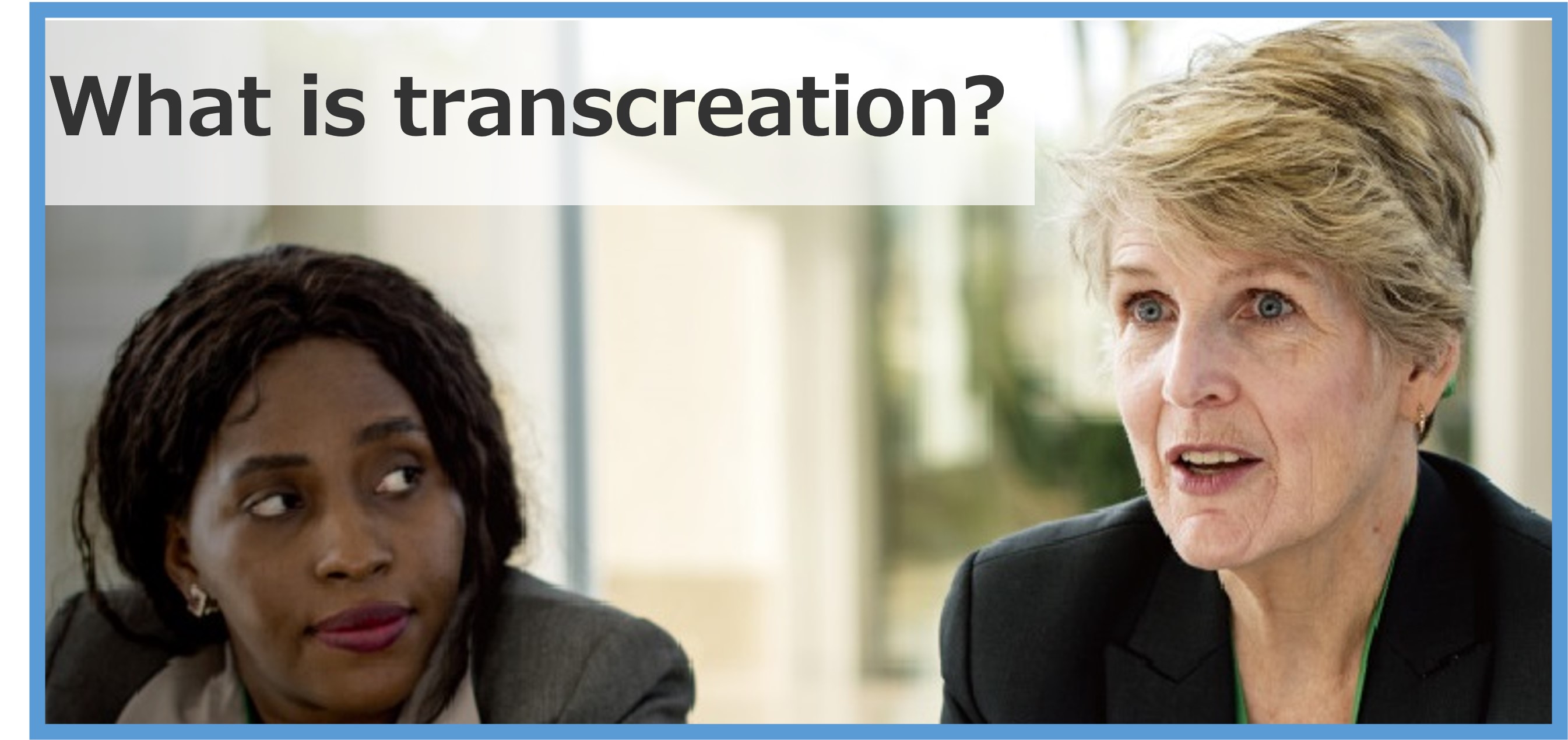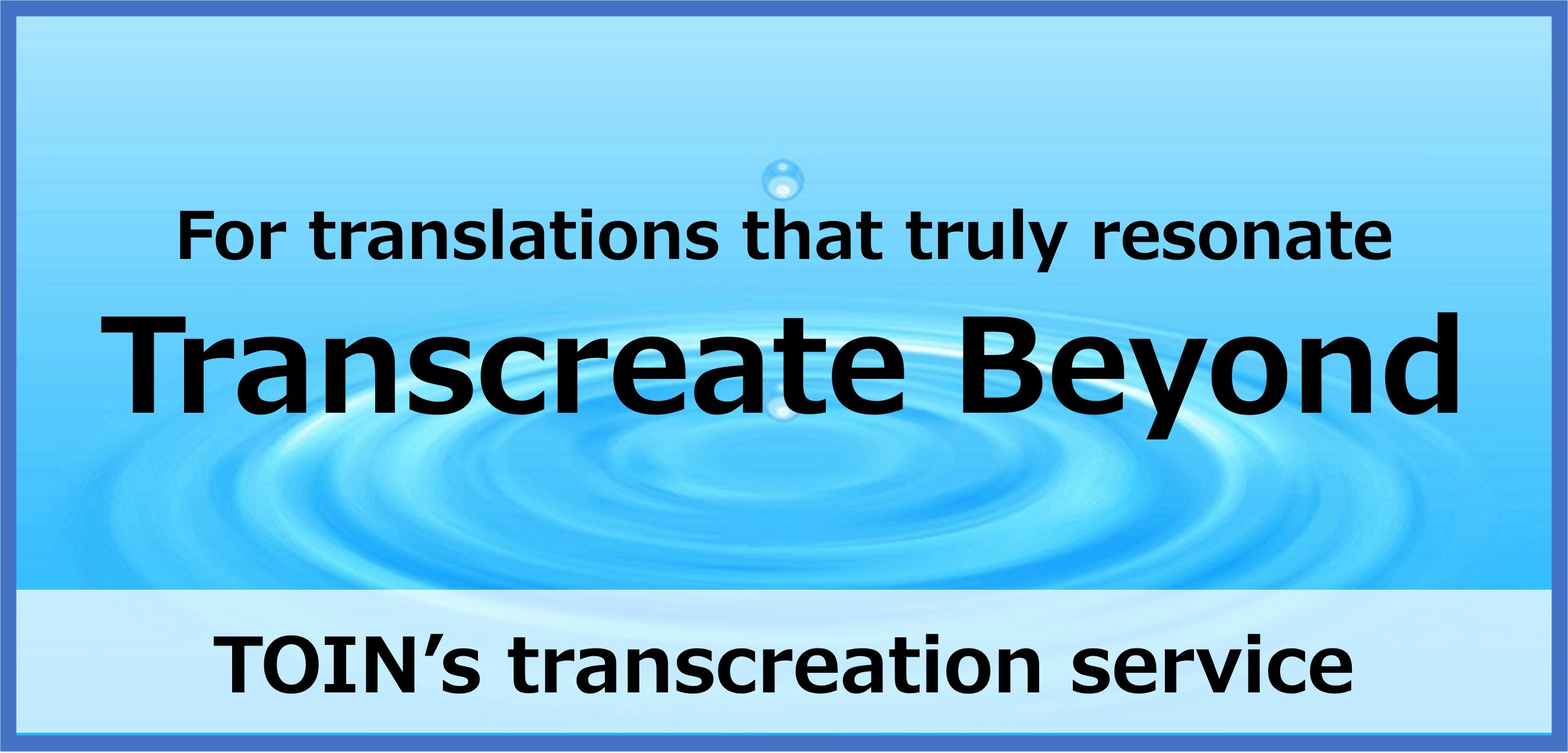Manga Translation and Onomatopoeia: How Will Typesetting Change?

Manga has become a beloved form of entertainment worldwide. Translating manga is considered one of the more challenging tasks within the field of translation. Onomatopoeia, which includes sound words and mimetic words, reflects the culture of the language and is a crucial element in conveying the unique manga worldview. Therefore, the translation of onomatopoeia plays a crucial role in conveying the atmosphere of the scene and the intended message, which is widely regarded as quite challenging in typesetting and is one of the key aspects of manga translation.
This article discusses the challenges of translating onomatopoeia in manga, as well as the complexities involved in typesetting onomatopoeic expressions.
Why is onomatopoeia difficult to translate?
"Onomatopoeia (sound words and mimetic words)" is a unique expression method in manga that visually conveys sounds and emotions, adding a sense of dynamism. Onomatopoeia enriches the depicted scenes with vibrant expressions, making it an essential element for immersing readers in the vivid world of the story.
Japanese onomatopoeia is divided into two categories: sound words and mimetic words, and it is considered to have an overwhelmingly larger number compared to other languages. For instance, it is said that there are three to five times more mimetic words in Japanese than in Western languages, making it quite common for there to be no equivalent expressions in the translated languages. In Japanese, different onomatopoeic expressions may have distinct usages, but in the target language, there may be no equivalent distinctions, making it difficult to convey the nuances. This often contributes to the challenges encountered in translation.
Moreover, apart from translation, in typesetting, the length and font of onomatopoeia need to be adjusted regarding the shape of the speech bubbles when the text is inside it, and the integration with the background when the text is outside. For this reason, the translation and typesetting of onomatopoeia are often considered challenging.
Should you not translate onomatopoeia?
The translation of onomatopoeia in manga may be omitted sometimes for three main reasons. Firstly, there may be no corresponding onomatopoeic expressions in certain languages. Secondly, onomatopoeia may be considered an integral part of the artwork, to preserve the overall aesthetic and worldview. Lastly, budget constraints or the preferences of the publisher may result in the decision not to translate onomatopoeia.
The first point, the absence of corresponding onomatopoeia, may arise from cases where there is no expression at all, or where different expressions convey the same nuance, resulting in no distinction. However, this can lead to a situation similar to a film without sound effects, where a portion of the work's information is essentially omitted.
On the other hand, there are regions where a growing number of readers prefer editions that closely resemble the original works. As a trend, there appears to be a movement towards right-opening formats, original sizes (smaller than the standard manga size in the area), and the perception that onomatopoeia is part of the artwork, leading to a deliberate choice not to translate onomatopoeic expressions.
Key Points when Requesting the Translation of Onomatopoeia
In manga, onomatopoeia plays an indispensable role in conveying sound effects, the intensity of actions, and the sense of speed. Traditionally, many translations involved rendering the original Japanese into English first before translating into other languages. However, in recent years, there has been a growing demand from audiences seeking more faithful translations, leading to a preference for direct translation into the target language.
Until now, manga translation has mainly focused on European and American languages. However, in recent years, the readership has expanded, leading to an increase in translation opportunities in a wider variety of languages. When requesting translations that include rare languages, it is advisable to use translation services that can easily accommodate your preferred target language, clarify whether English will be used as an intermediary, and ensure they can cater to the audience of the target language. This will facilitate a smoother consultation process.
Toin’s Translation and Typesetting Services
At Toin, we are dedicated to providing the best possible translations for our clients. We offer a wide range of translation and typesetting services, including those for rare languages. We are also happy to assist with any concerns, questions, or consultations related to manga translation.
Toin specializes in translation and typesetting services for manga, a process that often requires significant effort. We also offer localization and transcreation services for the entertainment industry. Our aim is to assist you in achieving high-quality manga translations and typesetting. Through an initial consultation, we listen to your intended message and utilize our expertise and technical skills to propose tailored translation and typesetting solutions that align with your objectives.
The translation and typesetting services offered by Toin effectively convey the worldview of the manga, capturing the hearts of the target audience through specialized translations, ultimately enhancing the marketing impact of the manga.
For success in the global manga market, please consider Toin's translation and typesetting services.
Summary
At Toin, we leverage our half-century of experience and expertise in translation to provide services that overcome linguistic and cultural barriers, tailored to the unique characteristics and image of each work. Our offerings include localization, which optimizes content for specific regions, as well as transcreation, which conveys the story and world view of the work. Through our wide range of translation techniques, we assist businesses in achieving success on the global stage.
Our translations are tailored not only to target customers, areas, and products, but also to prioritize readability through localization that is optimized for the local market. Furthermore, our transcreation ensures that messages resonate effectively. It is this combination of experience and technical expertise that enables Toin to enhance customer satisfaction through high-quality translations.
For high-quality manga translations that ensure customer satisfaction, please feel free to contact Toin.
Click here for inquiries about Toin’s entertainment translation services:

Click here for information on transcreation:

Click here for Toin’s transcreation service
“Transcreate Beyond”:

▶About the Author
TOIN Corporation Marketing Department
Hiromi Ishikawa
Joined TOIN Corporation in 1990 and was engaged in the production of manuals. Her wide range of duties include everything from transcribing Japanese manuscripts to directing the production of multilingual manuals.
From 2002, her main focus has been on localization project management, and she has been responsible for facilitating many of the company's major projects. Since 2009, she has been working in the Marketing Department, where she has been involved in marketing as well as advertising and public relations activities. She has been a member of the Board of Directors of the Japan Translation Federation and the Asia-Pacific Machine Translation Association since 2018.









